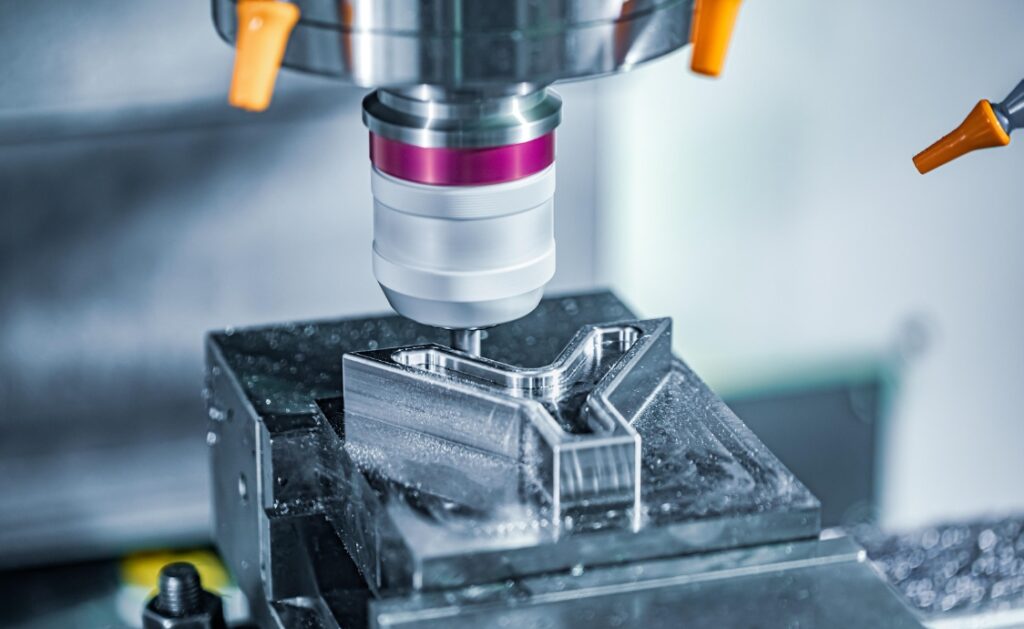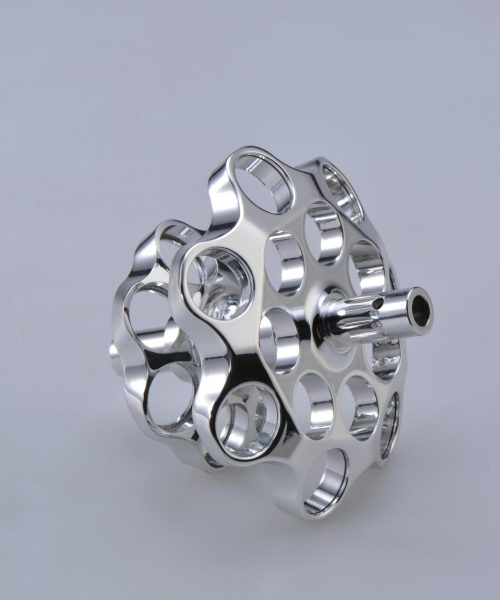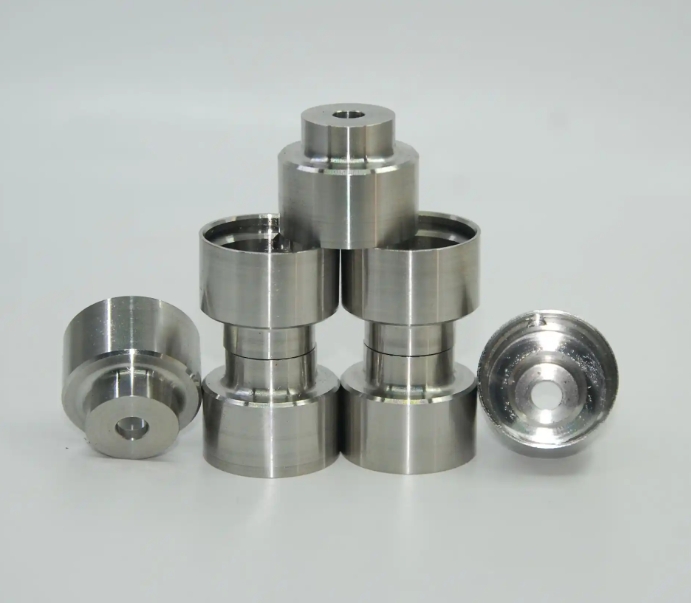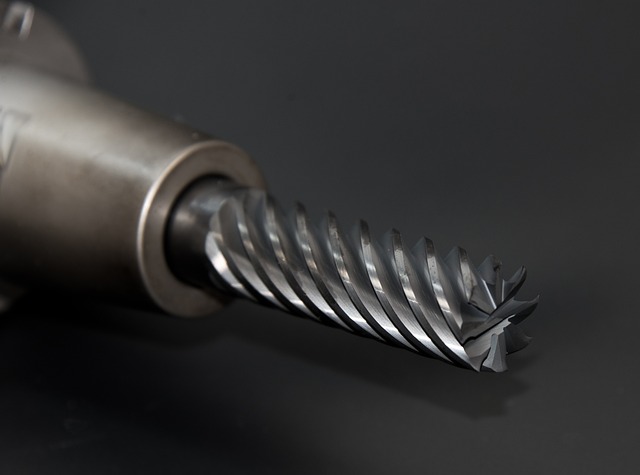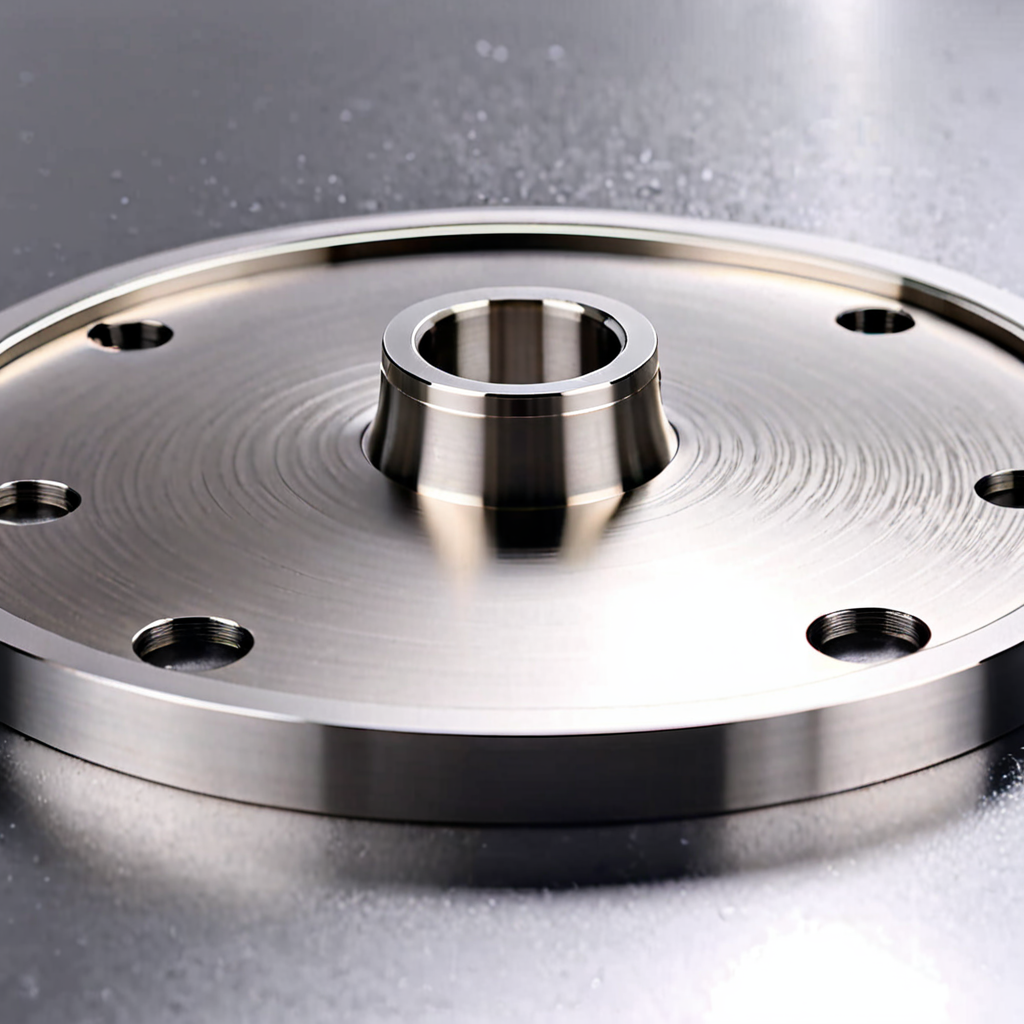In recent decades, the manufacturing sector has witnessed profound advancements, transitioning from basic manual operations to highly sophisticated automated processes. Among these innovations, CNC (Computer Numerical Control) machining stands out, particularly for its contributions to the new energy industry. This article delves into the intricacies of التصنيع الآلي باستخدام الحاسب الآلي and its critical role in modern energy production, highlighting key processes and methodologies.
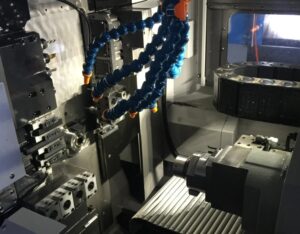

Precision in CNC Machining for the New Energy Industry
CNC machining is paramount in producing precise and reliable components necessary for the energy sector. This technology ensures that parts meet stringent specifications, which is vital for the high standards required in energy production, whether it’s traditional fossil fuels or renewable energy sources.
Key Concepts in CNC Machining
- التصنيع الآلي الدقيق: This involves the fabrication of parts with extremely high accuracy and strict tolerances, using advanced control systems guided by CNC technology.
- CNC Manufacturing: This process uses CNC machines programmed to execute specific operations with precision, enhancing both the quality and efficiency of manufactured parts.
- Computer-Aided Design (CAD): CAD software is used to create detailed digital models of physical components, allowing for accurate and optimized designs before production.、
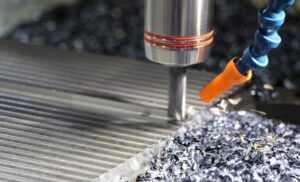

CNC Machining Methods in the Energy Sector
CNC machining encompasses several techniques, each tailored to meet the unique demands of the energy industry. These methods ensure high precision and reliability of components, which are crucial for maintaining the efficiency of energy systems.
Milling
Milling is a fundamental CNC process involving rotary cutters to remove material from a workpiece. It is essential for producing turbine components, housing units, and complex geometries required in power generation equipment.
Applications in the Energy Industry:
- Wind Turbines: Precision parts like rotor blades and gearbox housings.
- Hydropower: Components for turbines and gates regulating water flow.
- Nuclear Energy: Parts for reactor assemblies and safety mechanisms.
Turning
Turning is critical for manufacturing rotational parts such as turbines, shafts, and rotors, essential in various energy production systems. This method involves rotating the material on a chuck while a cutting tool shapes it.
Key Parts Manufactured:
- Shafts and Rotors: Used in wind turbines to transform wind into usable energy.
- Cylindrical Components: Utilized in hydropower turbines for converting water flow into electrical energy.
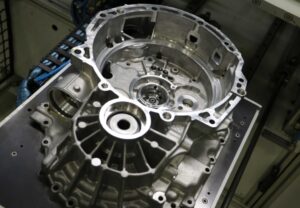

Drilling
Drilling creates precise holes and cavities in metal parts, essential for assembling frames, casings, and structural supports in energy systems.
التطبيقات:
- Geothermal Systems: Parts facilitating geothermal fluid flow.
- Oil and Gas Equipment: Components for exploration and extraction operations.
Grinding
Grinding ensures optimal surface quality of parts, producing extremely smooth finishes and tight tolerances necessary for specific functions.
Key Parts:
- Turbine Blades: Critical in both wind and hydro energy sectors.
- Bearing Surfaces: Essential for high-load areas in energy production machinery.
Electrical Discharge Machining (EDM)
EDM uses electrical discharges to form complex shapes in hard metals, suitable for intricate designs and superior precision.
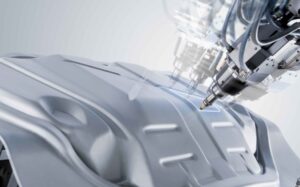

التطبيقات:
- Generator Components: Parts requiring intricate designs.
- Fuel Injector Systems: Manufacturing complex nozzles for high-pressure environments.
Multi-axis Machining
Multi-axis machining enhances the ability to produce complex and precise components required for modern energy systems, operating on multiple axes simultaneously.
Key Parts:
- Wind Turbine Components: Rotor hubs and nacelle frames.
- Hydropower Components: Turbine blades and shafts for maximizing efficiency.
Swiss Machining
Swiss machining is renowned for producing small, intricate parts crucial for detailed mechanisms in energy production facilities.
Key Parts:
- Precision Fuel System Components: Injector nozzles in the oil and gas industry.
- Electrical Connectors and Contacts: Used in various energy systems.
القطع بالليزر
Laser cutting uses a high-powered laser beam to cut materials precisely, essential for various energy production systems.
Key Parts:
- Solar Panel Components: Shaping and sizing parts for solar panels.
- Wind Turbine Blades: Cutting composite materials for aerodynamic efficiency.
Waterjet Cutting
Waterjet cutting uses a high-pressure stream of water mixed with abrasives to cut materials without creating heat-affected zones.
Key Parts:
- Hydropower Turbine Components: Cutting intricate designs and thick materials.
- Insulation and Gaskets: Used in various energy facilities.
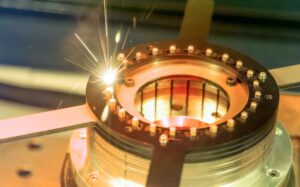

Benefits of CNC Machining in the Energy Sector
CNC machining offers numerous advantages for the energy sector, optimizing production and enhancing the performance and reliability of energy systems.
- Enhanced Precision and Accuracy: Ensures exact dimensions for parts, crucial for efficiency and performance.
- Increased Production Efficiency: Automated processes reduce production time and increase scalability.
- Improved Component Reliability: Consistent quality reduces defects and increases reliability.
- Material Versatility: Handles a wide range of materials, enhancing performance and durability.
- Cost-effectiveness: Reduces labor costs and material waste, making production more economical.
- Customization and Flexibility: Easy adjustments in design for custom parts.
- Scalability: Supports both small and large-scale production.
- Reduced Energy Consumption: Efficient processes consume less energy.
- Enhanced Safety: Minimizes human interaction, reducing accidents.
- Innovative Design Implementation: Allows for complex and innovative designs.
Common Applications of CNC Machining in the Energy Industry
CNC machining plays a vital role across various sectors within the energy industry, enhancing both production and maintenance of essential equipment.
Renewable Energy Sector
Key Applications:
- Wind Turbine Components: Blades, rotors, and gearboxes.
- Solar Panel Frames: Structural components for robust and correctly aligned panels.
- Hydropower Components: Turbine blades and water flow control systems.
- Biomass Energy Systems: Specialized components for converters and machinery.
Wind Energy
Key Components:
- Turbine Blades: Aerodynamic, geometrically complex shapes.
- Gearboxes and Drive Trains: High precision for mechanical stresses.
- Rotor Shafts: Machined to exact tolerances for smooth operation.
Solar Energy
Key Components:
- Panel Frames: Ensures proper alignment and secure mounting.
- Mounting Brackets and Tracking Systems: Dynamic orientation towards the sun.
Hydroelectric Power
Key Components:
- Turbine Blades: Precision machining ensures optimal performance.
- Gate Valves and Control Mechanisms: Exact specifications for proper installation and operation.
Geothermal Energy
Key Components:
- Casing Pipes and Wellhead Equipment: Structural integrity of geothermal wells.
- Turbine Components: High precision parts for efficiency and output.
Biomass Energy
Key Components:
- Pellet Mill Dies and Rollers: Uniform pellets for optimized energy output.
- Combustor Components: High-efficiency combustion parts.
Materials Used in CNC Machining for the Energy Industry
CNC machining utilizes a variety of materials, each chosen for its specific properties and suitability for different applications.
- ألومنيوم: Lightweight and corrosion-resistant, ideal for turbine parts and solar panel frames.
- الفولاذ المقاوم للصدأ: Robust and corrosion-resistant, used in nuclear reactors and exploration equipment.
- تيتانيوم: Strong and temperature-resistant, suitable for high-stress components.
- النحاس: Excellent conductivity, used in electrical components.
- Brass: Low friction and corrosion-resistant, used in valve parts.
- Plastics and Composites: Versatile and insulating, used in housings and non-conductive parts.
- Nickel Alloys: High-temperature resistance, used in turbine components.
- Tungsten: Hard and temperature-resistant, used in wear-resistant parts.
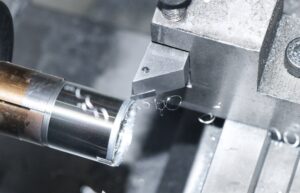

Challenges in CNC Machining for the Energy Industry
CNC machining faces several challenges that impact efficiency, cost, and production timelines.
- High Material Costs: Expensive high-quality materials.
- Complex Component Designs: Requires high precision and expertise.
- Maintaining Precision: Essential for critical components.
- Scalability Issues: Maintaining quality at high volumes.
- Machine Wear and Maintenance: Frequent maintenance needed.
- Regulatory Compliance: Adhering to standards.
- Technological Upgrades: Integrating new technologies.
- Skilled Labor Shortage: Need for skilled machinists.
- Environmental Concerns: Adhering to environmental regulations.
- Supply Chain Volatility: Fluctuations in raw material supply.
Environmental Impact of CNC Machining
CNC machining aims to minimize its environmental impact through eco-friendly practices and material waste reduction.
Eco-friendly Production Practices
- Recycling of Metal Chips: Reducing raw material extraction.
- Energy-efficient Machinery: Lower carbon footprint.
- Use of Sustainable Materials: Recycled and eco-friendly materials.
Reductions in Material Waste
- التصنيع الآلي الدقيق: High accuracy reduces material waste.
- Advanced Software: Optimizes cutting paths for maximum material utilization.
Cost-Effectiveness in CNC Machining for the Energy Industry
Maintaining cost-efficiency involves optimizing production and reducing expenses.
Optimizing Production
- Automated Processes: Reduces labor costs and enhances efficiency.
- Predictive Maintenance: Prevents downtime and prolongs equipment life.
Reducing Costs
- Bulk Material Purchases: Lowers prices and reduces ordering frequency.
- Multi-tasking Equipment: Saves time and money by reducing the need for multiple setups.
Future Trends in CNC Machining for Energy Applications
The future of CNC machining in the energy sector is shaped by technological advancements and emerging energy sectors.
Technological Advancements
- Automation and Robotics: Enhances precision and reduces costs.
- Additive Manufacturing: Combines 3D printing with CNC machining for complex components.
- Smart CNC Machines: IoT and AI improve productivity and maintenance.
Emerging Energy Sectors
- Hydrogen Energy Systems: CNC machining for hydrogen fuel cells.
- Marine Energy: Components for tidal and wave energy converters.
الخاتمة
CNC machining is indispensable in the energy industry, facilitating the development and maintenance of traditional and renewable energy systems. GCH Process offers extensive experience and a range of precision machining services to support the energy sector, ensuring high-quality, reliable components that meet stringent standards. Contact us to learn how we can help achieve your manufacturing goals with precision and reliability.

